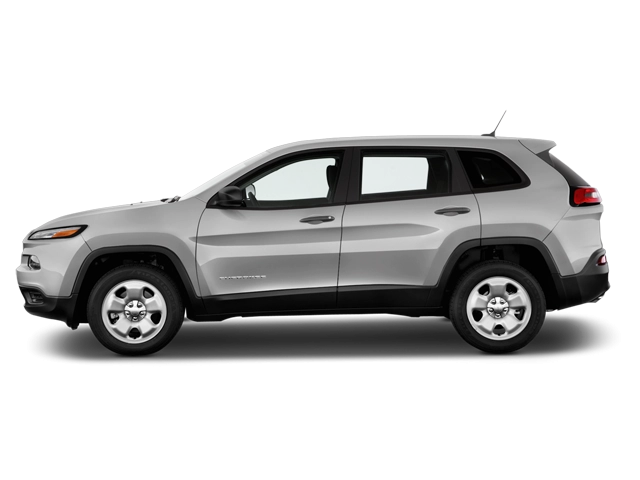2023 Jeep Cherokee Owner's Manual

Table of Contents
2023 Jeep Cherokee Overview
Introduction
The 2023 Jeep Cherokee continues to embody the spirit of adventure, offering a perfect blend of rugged capability and modern technology. Designed for both urban exploration and off-road excursions, the Cherokee stands out with its iconic seven-slot grille and bold stance. With a focus on comfort and performance, this compact SUV is well-suited for daily commutes and weekend journeys alike.
Powertrains
The 2023 Jeep Cherokee offers a range of robust powertrains to cater to diverse driving needs. The standard engine is a 2.4-liter inline-four producing 180 horsepower, paired with a smooth nine-speed automatic transmission. For those seeking more power, an available 3.2-liter V6 engine pumps out 271 horsepower, providing enhanced towing capabilities and acceleration. Both engines are complemented by Jeep's legendary 4WD systems, ensuring confidence on various terrains.
Trims
Available in several trim levels, the 2023 Cherokee caters to a variety of preferences. The base Latitude trim offers essential features, while the Latitude Plus adds advanced technology and aesthetics. The Limited trim enhances luxury with leather seats and premium audio. For adventure enthusiasts, the Trailhawk trim stands out with off-road enhancements, skid plates, and all-terrain tires, ensuring that you can conquer even the toughest trails.
Features
The 2023 Jeep Cherokee is equipped with a plethora of features that prioritize convenience and safety. Standard technology includes a user-friendly infotainment system complete with a 7-inch touchscreen, Apple CarPlay, and Android Auto compatibility. Available features like adaptive cruise control, blind-spot monitoring, and a panoramic sunroof enrich the driving experience. With ample cargo space and comfortable seating, the Cherokee is both practical and versatile.
Owner's Manual
The owner's manual for the 2023 Jeep Cherokee is an essential resource for understanding the vehicle's features, maintenance schedules, and safety guidelines. It provides detailed information on operating the infotainment system, utilizing 4WD capabilities, and accessing storage compartments, ensuring that owners can maximize their Cherokee's potential and enjoy a seamless driving experience.
User manual download
The Jeep Cherokee owner manual for the 2023 model year is to be found in PDF downloadable format on this page. The owner manual for the model year 2023 is free and in English, but the repair manuals are usually not easy to get and may cost more.
Manual Questions
Fill the form below and someone will help you!

